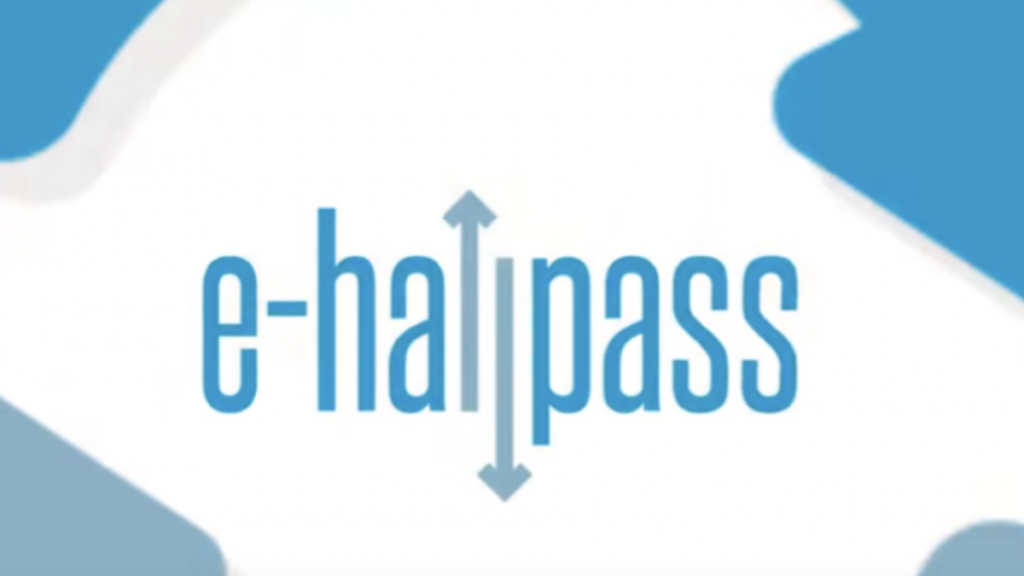E-Hall Pass systems are digital tools that replace traditional paper hall passes for students leaving the classroom. They offer real-time monitoring, customizable permissions, and seamless integration with school schedules. Benefits include enhanced security, time efficiency, increased accountability, and improved communication.
Successful implementation requires adequate training and onboarding for teachers, administrators, and students. Integration with other school management systems ensures a holistic approach to school operations. Challenges include resistance to change and technical issues.
To overcome these challenges, schools should offer comprehensive training, address concerns, and highlight the long-term benefits of the shift. Technical issues may occur, but a robust support system should be in place to resolve them promptly.
Understanding E-Hall Pass Systems:
Definition and Functionality:
E-Hall Pass systems are digital tools designed to replace the conventional paper hall passes that students typically carry when leaving the classroom during a lesson. These systems leverage technology to streamline the process of monitoring students’ movements within the school premises.
Features of E-Hall Pass Systems:
a. Real-Time Monitoring:
E-Hall Pass systems offer real-time monitoring capabilities, allowing school administrators and teachers to track students’ whereabouts instantly. This feature enhances overall security and helps maintain a safer school environment.
b. Customizable Permissions:
Administrators can customize permissions based on individual student needs. For instance, a student with a medical condition might have different access permissions compared to a student on a regular pass.
c. Integration with School Schedules:
E-Hall Pass systems seamlessly integrate with school schedules, ensuring that students leave the classroom only during designated times. This prevents unnecessary disruptions to ongoing lessons.
Benefits of E-Hall Pass Systems:
Enhanced Security:
One of the primary advantages of E-Hall Pas’s systems is the heightened level of security they provide. With real-time monitoring, schools can quickly identify and address any irregularities in student movements, reducing the risk of unauthorized access to certain areas.
Time Efficiency:
Traditional hall passes often involve time-consuming processes, including handwritten passes and manual record-keeping. E-Hall Pas’s systems eliminate these inefficiencies by automating the entire process, saving valuable instructional time for both teachers and students.
Increased Accountability:
E-Hall Pass systems introduce a layer of accountability into the student movement tracking process. Teachers can easily generate reports on student activity, helping identify patterns and addressing any concerns promptly.
Improved Communication:
These systems facilitate better communication between teachers, administrators, and students. Teachers can communicate with each other regarding student movements, ensuring a smooth flow of information and coordination.
Implementation and Integration:
Training and Onboarding:
Successful implementation of E-Hall Pass systems requires adequate training and onboarding for teachers, administrators, and students. Workshops and training sessions can help familiarize users with the system’s features and functionalities.
Integration with Existing Systems:
E-Hall Pass systems are most effective when seamlessly integrated with other school management systems. Integration with attendance tracking, scheduling, and communication platforms ensures a holistic approach to school operations.
Challenges and Solutions:
Resistance to Change:
Some educators and staff may initially resist the shift from traditional hall passes to digital systems. Offering comprehensive training, addressing concerns, and highlighting the long-term benefits can help overcome this resistance.
Technical Issues:
Like any technology, E-Hall Pass systems may encounter technical issues. Schools should have a robust support system in place to address and resolve these issues promptly, minimizing disruptions to daily operations.
Conclusion:
E-Hall Pass systems represent a significant leap forward in the modernization of school management processes. By leveraging technology to enhance security, save time, and improve communication, these systems contribute to a more efficient and organized school environment. As schools continue to adapt to the digital era, E-Hall Pass systems stand out as a practical solution for streamlining everyday tasks and fostering a safer learning environment. As we celebrate the first year of these systems, it’s clear that they are not just a trend but a transformative tool shaping the future of education administration.







